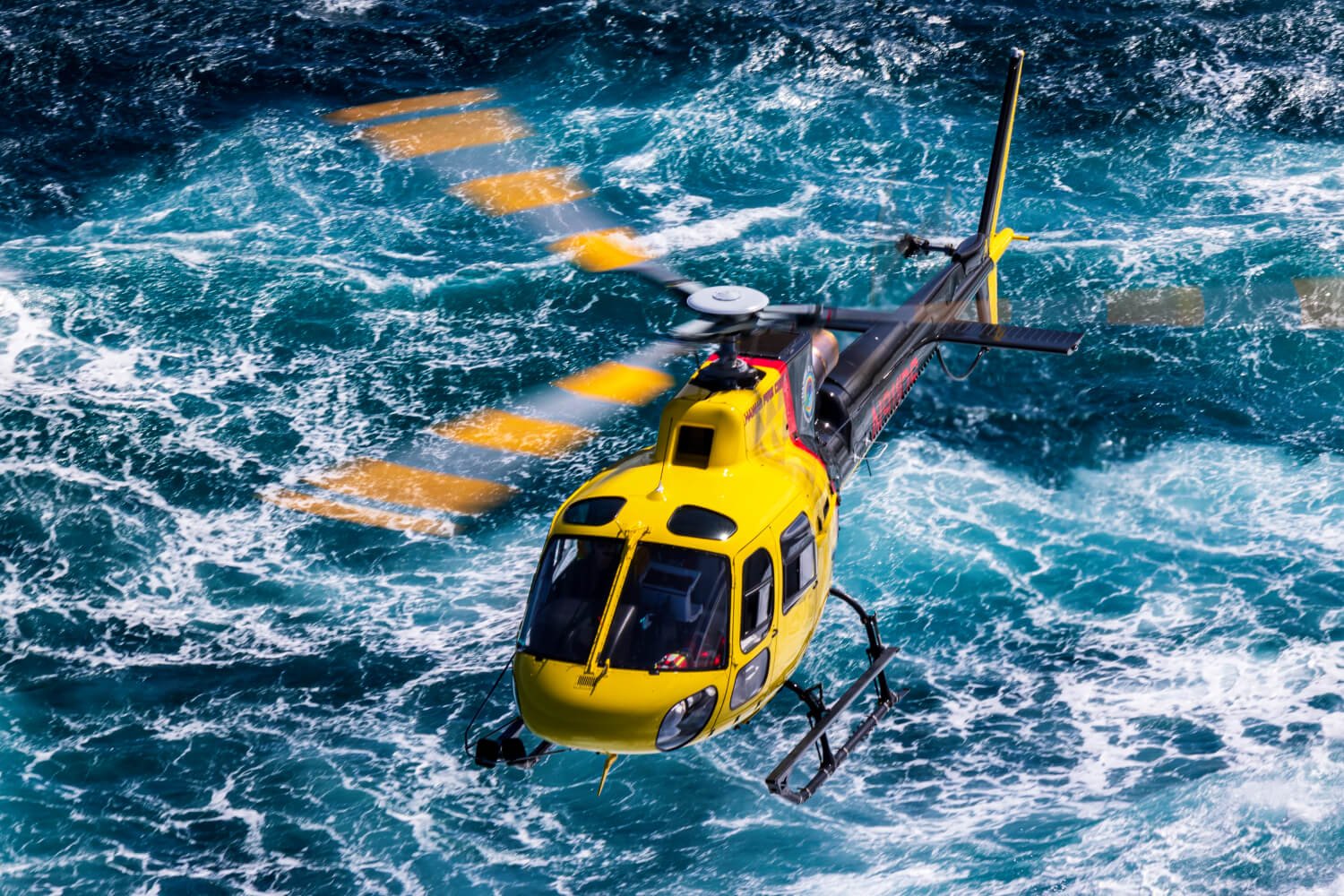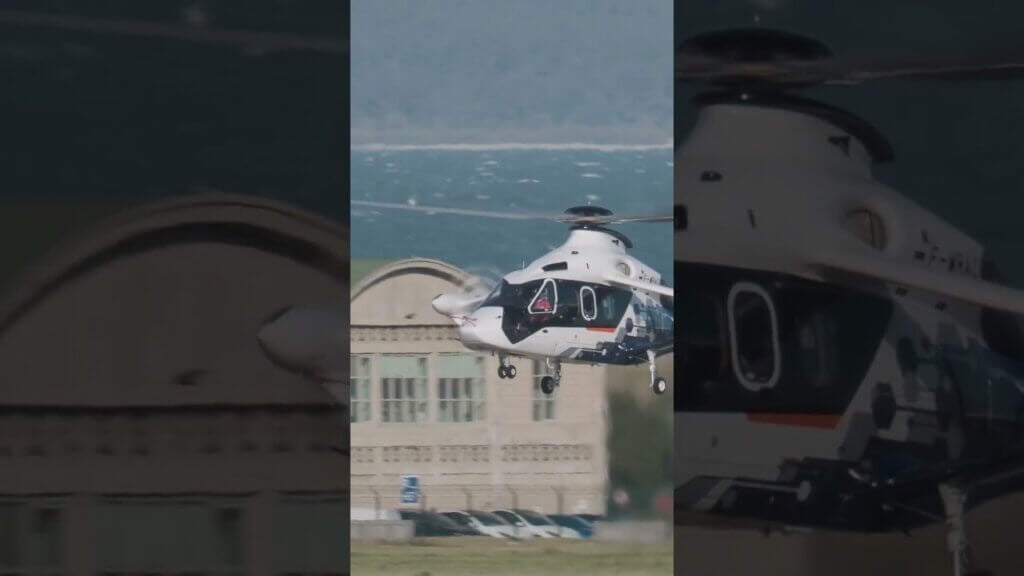Airbus Helicopters recorded the largest number of deliveries of its intermediate singles for a decade in 2023, with almost 200 H130s and H125s rolling of its production lines over the year.
The company took orders for 108 H125s and 39 H130s in 2023 — figures that include a bumper contract with Italian operator Air Corporate, announced at EBACE in May, for 40 aircraft.
According to Airbus’s figures, this represented an 82 percent share of the global market for intermediate singles. Speaking at a media briefing ahead of HAI Heli-Expo 2024, Jerome Ronssin, head of light helicopters at Airbus said this was a continuation of a general trend of increased market share within the segment that was established in 2020.
“I think that the choices that we made in the past in terms of product evolution, and the sum of them combined together, really made both the H125 and H130 mission capable,” he said, explaining the increase. “This is really what the clients need. But at the same time, we were very attentive on the other features that are important — which is maintenance, keeping the cost as low as possible.”
These product evolutions include increased power, the certification of the BLR FastFin, the addition of a lightweight data recorder, upgraded avionics, the Garmin GFC 600H three-axis autopilot, ADSB-In/Out and the creation of a lean instrument panel. Ronssin said the later was proving particularly popular among utility pilots, and now represented about 10 percent of H125 sales.
On the maintenance side, inspections at 600 flight hours have now been increased to 750 flight hours, and weekly inspections moved to monthly.
“The very first thing [operators] are mentioning on the light helicopters — if you ask them what do you want in terms of improvement — is this one [reduced maintenance requirements],” said Ronssin. “They want the aircraft to fly as much as possible.”
Last year, Airbus announced the development of an instrument flight rules (IFR) version of the H125, in collaboration with Genesys Aerosystems.
The prototype of the system will be on display at Airbus Helicopters’ booth at the upcoming HAI Heli-Expo in Anaheim, California, with the company aiming for first flight in the next few weeks. Airbus is targeting certification from the Federal Aviation Administration this year.
Ronssin said the manufacturer was seeing “an increasing interest” in the capability, particularly among private pilots and air medical operators.
Brazilian certification will be next up, while European approval “might take a bit of time,” said Ronssin.
The system will be available only in new aircraft to begin with. Whether the company develops the ability to retrofit it will depend on market demand.
On the H130, Airbus has announced it is developing a new three-axis autopilot with Garmin, proposed as a supplemental type certificate (STC) and installed directly in the final assembly line (FAL). The companies are targeting certification in 2025.
“We are pretty excited [about the autopilot] because . . . the H130 is quite successful in particular on the private market, and we know that the private operators are usually fond of those types of assistance when flying,” said Ronssin.
The H125 is currently produced at three FALs: at Airbus Helicopters’ headquarters in Marignane, France; at its facility in Columbus, Mississippi; and in Itajubá, Brazil. Last month, the manufacturer announced the creation of a fourth FAL, to be located in India.
The exact position of the Indian H125 FAL is still to be determined, but Airbus is targeting 2026 for the first Indian-assembled H125 to roll off the production line. The site will be dedicated to the civil and parapublic markets.
““Fundamentally, yes, we’re doing the project to boost the market demand in India,” said Ronssin. “[But] it will also support the after-sales. . . . Whether they are private or commercial clients, they will feel more comfortable to have some after-sales industrial capabilities close to them.”
The current target is to build “at least 10” helicopters a year in India, but there is no upper limit — it will depend on market growth, he added.
The global fleet for the two types flew 1.5 million flight hours in 2023, and Airbus will celebrate 40 million flight hours for the Ecureuil fleet this year.









